FJ Guide: Top 10 1980s Classic Cars for £10k or Less
You may have noticed that some 1960s classic cars, such as the Morris Minor and MGB, appear to survive in far larger numbers than popular sellers from the 1980s. Take the Ford Sierra as an example – over 3.4 million were built up to 1993, but around 2,400 are currently registered on the road. The Morris Minor sold only 1.6 million, yet over 20,000 are thought to survive today.
Many iconic eighties classics have already begun substantially increasing in value, but you can still find plenty of choice with a modest £10k budget. Here’s our top picks:
Ford Sierra

The Ford Sierra’s initial reception in October 1982 was lacklustre, with diehard Ford fans preferring the traditional saloon styling of the outgoing and heavily discounted last-of-the-line Cortina. By 1983, the Sierra had shaken off its cruel ‘jellymould’ tag to become one of the year’s best-selling cars. It was offered in both rear-wheel and four-wheel drive configurations, with engine options including the base model 1.3-litre, the 130 mph XR4i and of course, the high-performance RS Cosworth. Nostalgia can be a driving factor for buyers but while prices are on the increase, the Sierra can still fit comfortably within our budget. Just don’t hold your breath for a Cosworth.
Austin Metro / MG Metro

Mini mania often leads people to forget about the humble Metro, British Leyland’s intended replacement for it. First badged appropriately as the Austin Mini-Metro, then as the Austin or MG Metro and later in the 90s as the Rover Metro/100, buyers had it both ways in the form of a shopping car that also doubled as a go-kart. Yes, by the mid-1980s it was outdated, with an engine from the 1950s and a four-speed gearbox, but it was great value and a hoot to drive. It was fit for Royalty too, as the late Princess Diana had one, and many of our readers will remember finding one on every street corner of the UK. We guarantee you’ll find that characterful first gear whine addictive!
Volkswagen Golf Cabriolet MK1
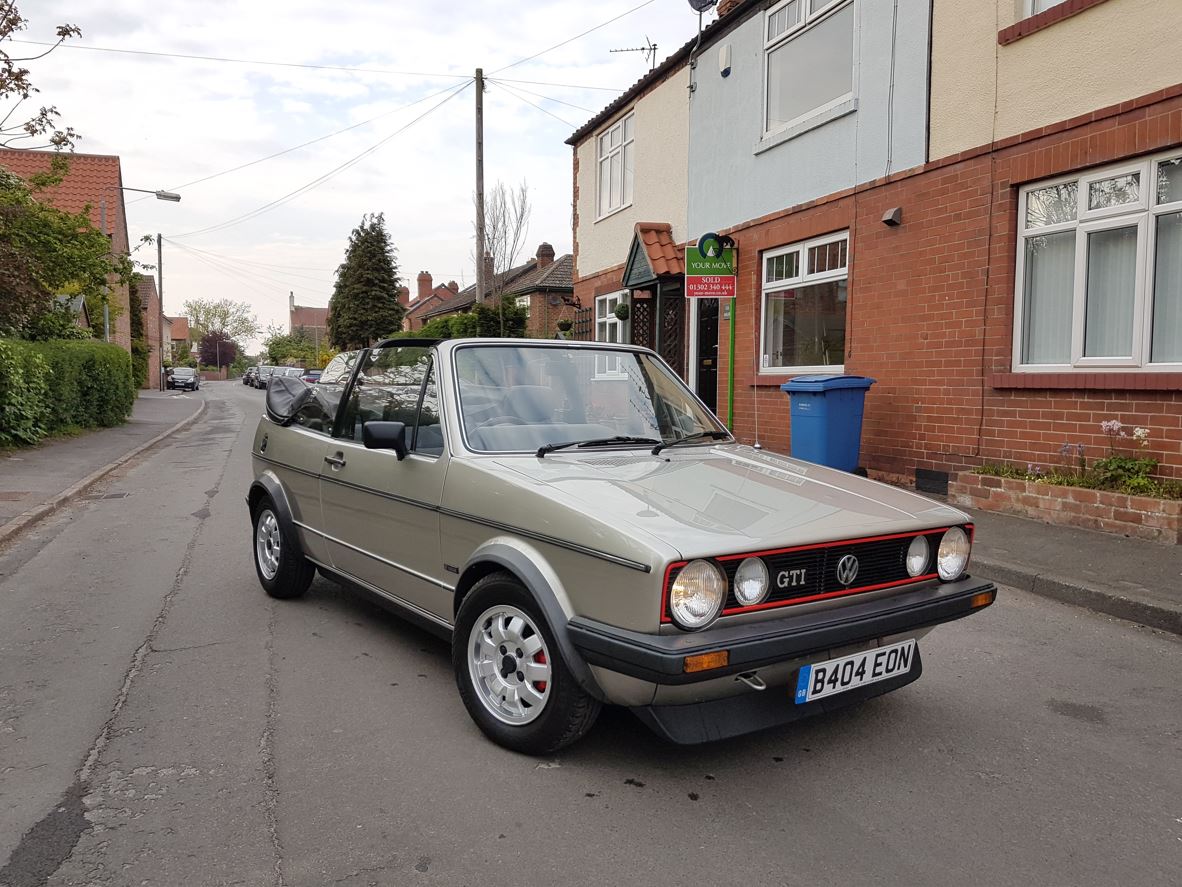
Prices for the Karmann-designed Golf cabriolet Mk1 are still lower than the hardtop version and are within our budget. That’s a good thing, because we love how it looks with or without the fabric roof lowered. Launched in 1979, it outlived the hardtop Mk1 when that was replaced in 1984 and continued all the way to 1992 – when the Golf was entering its third generation. A GTI version was available from 1985 and there was a popular colour coded ‘All White’ edition which is particularly eighties in its appearance – both of which are sought after today.
Citroen CX
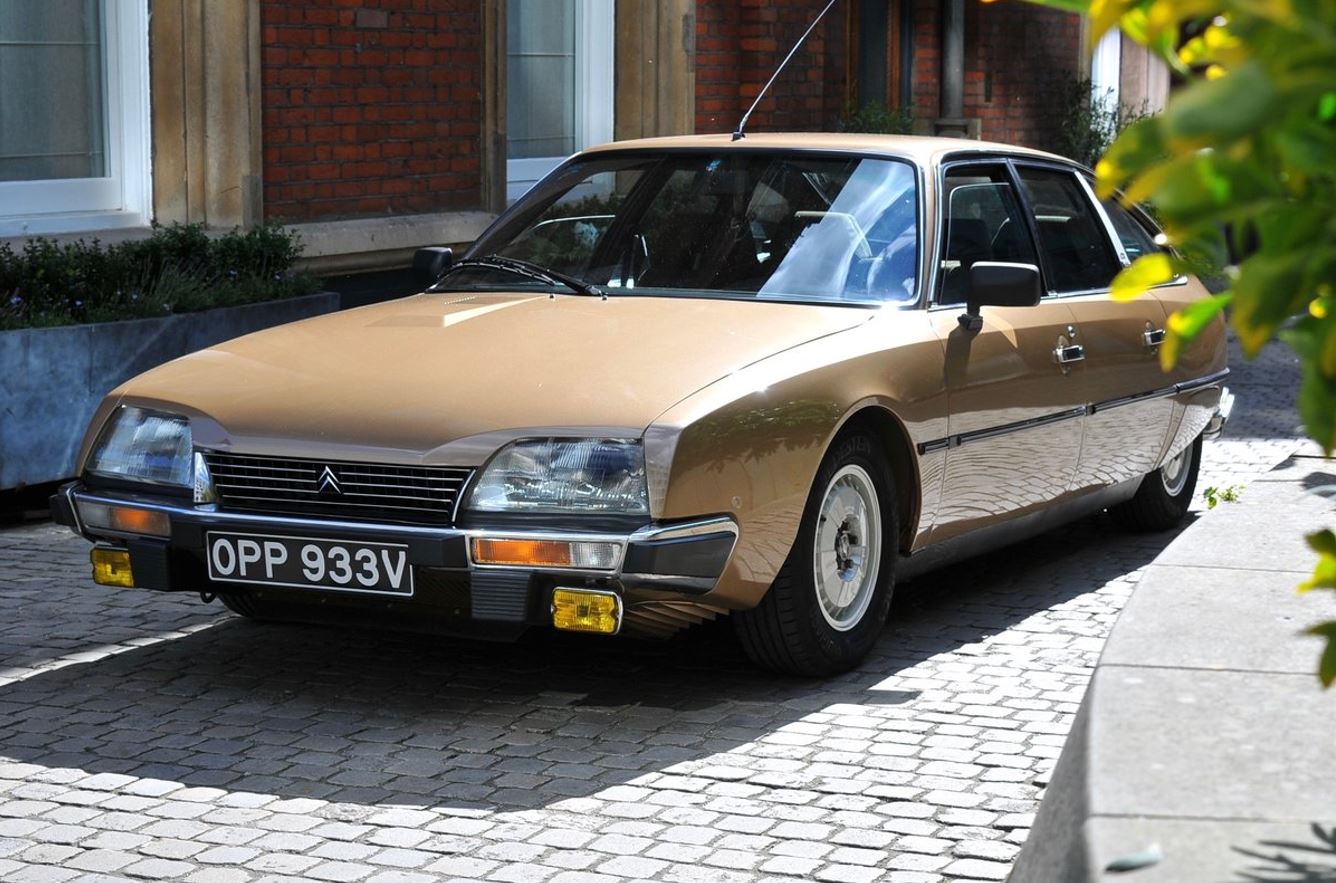
Credit: Car & Classic
The task of developing a replacement for the legendary Citroen DS was almost insurmountable, but Citroen’s response was to double-down on the quirk and look to the skies. The Citroen CX name is derived from Cx - the continental symbol for coefficient of drag, which incidentally was just 0.29… an impressive figure even by today’s standards. The rear wheels were covered to help manage the air flow, the rear window was concave and even the hub caps were aero-optimised, while underbody ducts channelled air over the brakes to keep them cool. There was also a seven-seater Safari estate version, a popular turbo diesel and a 1985 facelift, featuring plastic bumpers and an updated interior.
Mercedes 200-280 series (W123)
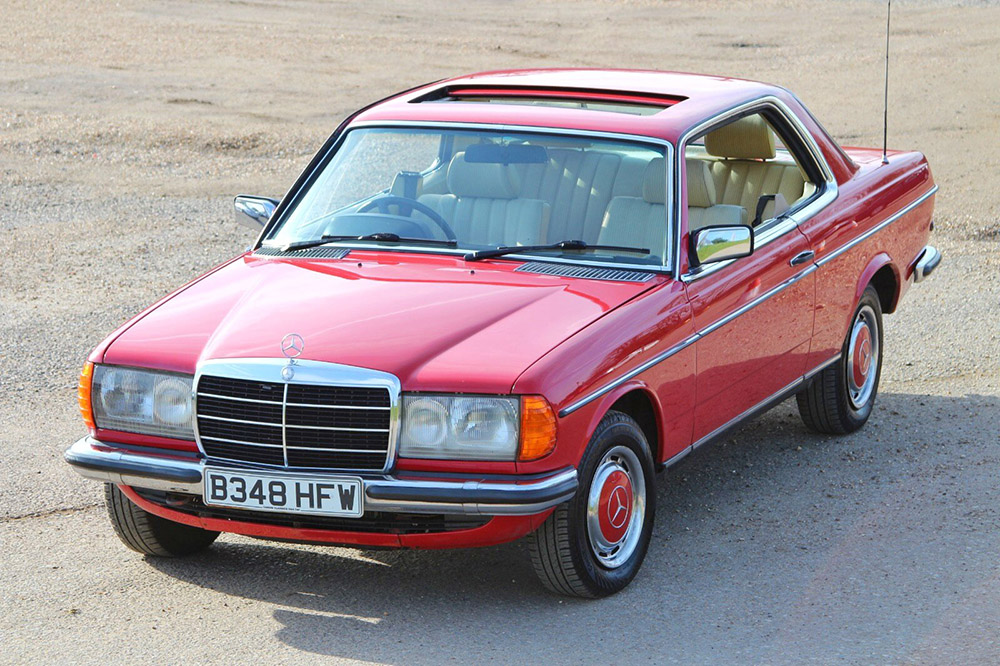
Credit: Car & Classic
The W123’s bulletproof qualities are well proven with many examples living extremely hard lives as taxis in the depths of Africa, covering huge miles on poorly maintained roads. Available as a saloon, coupe, estate and as the rare Crayford St Tropez convertible, the W123 was a strong seller, with 2.7 million produced. It remained the ‘baby Benz’ until the 190E was launched in 1982 and was replaced by the slightly larger W124 in 1985. The pick of the engine range are the 230E and 280 models, with the former being cheaper to run and buy. Later cars were better built and better equipped.
Saab 900
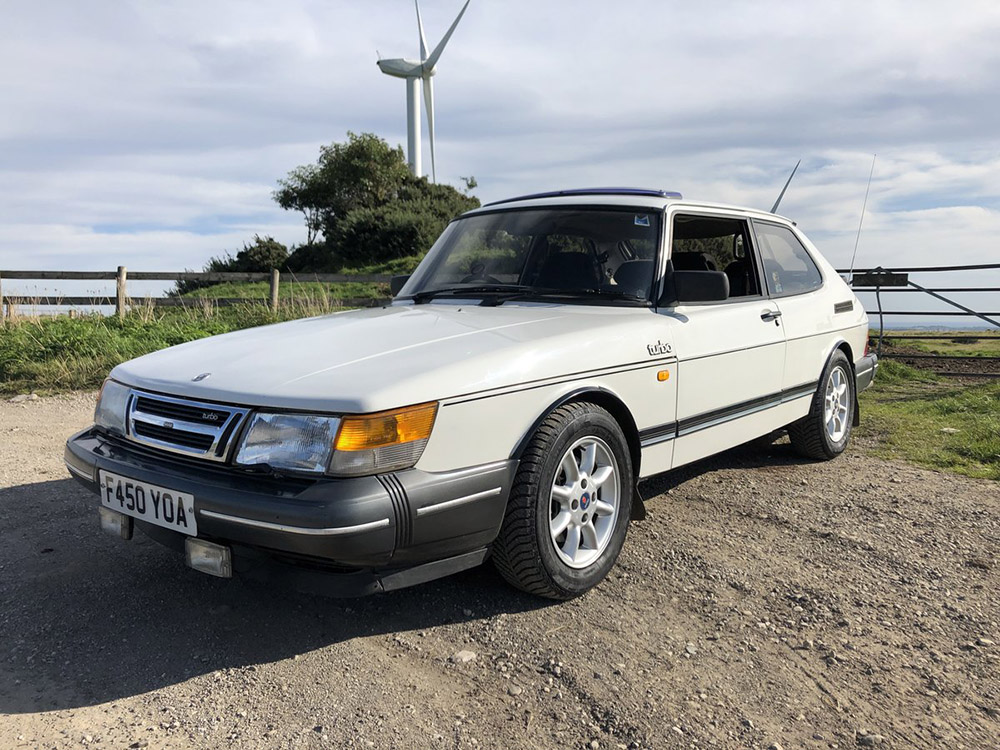
Credit: Car & Classic
What made the first-generation Saab 900 ‘classic’ so good? It was well engineered and it handled well, due to its innovative suspension and direct front-wheel drive steering. It was visually similar to the car it replaced, the Saab 99, because the 900 used a lengthened version of the 99’s chassis so that its front end could withstand US crash regulations. The interior design had the driver in mind, paying tribute to Saab’s aeroplane division. Inside, there was a fighter-jet inspired cockpit and wraparound windscreen for better visibility and all the controls fell within easy reach – something that was absent from most other makes of car at that time. It remains a great modern classic you can easily use every day.
Vauxhall Cavalier
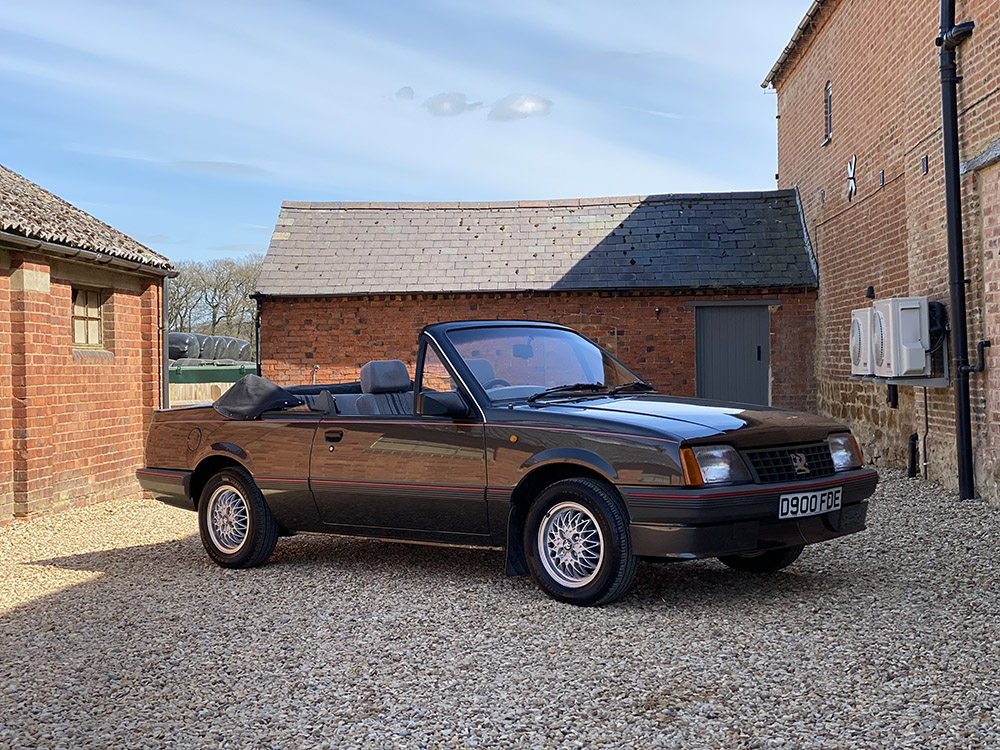
Credit: Car & Classic
Vauxhall’s top-selling Cavalier was sold in three generations throughout the eighties and could be found on almost every street across the UK. In the pre-SUV era family saloons were king, snapped up by private buyers and the fleet sector in large numbers. Despite Vauxhall being owned by US giant General Motors (GM) and developed in Germany by Opel, the Cavalier was sold under a British brand, built in Vauxhall’s hometown of Luton. Vauxhall sales benefitted when the design of the 1982 Ford Sierra initially struggled in the market, it was also cheaper to run for the all-important fleet sector.
BMW 3 Series (E30)
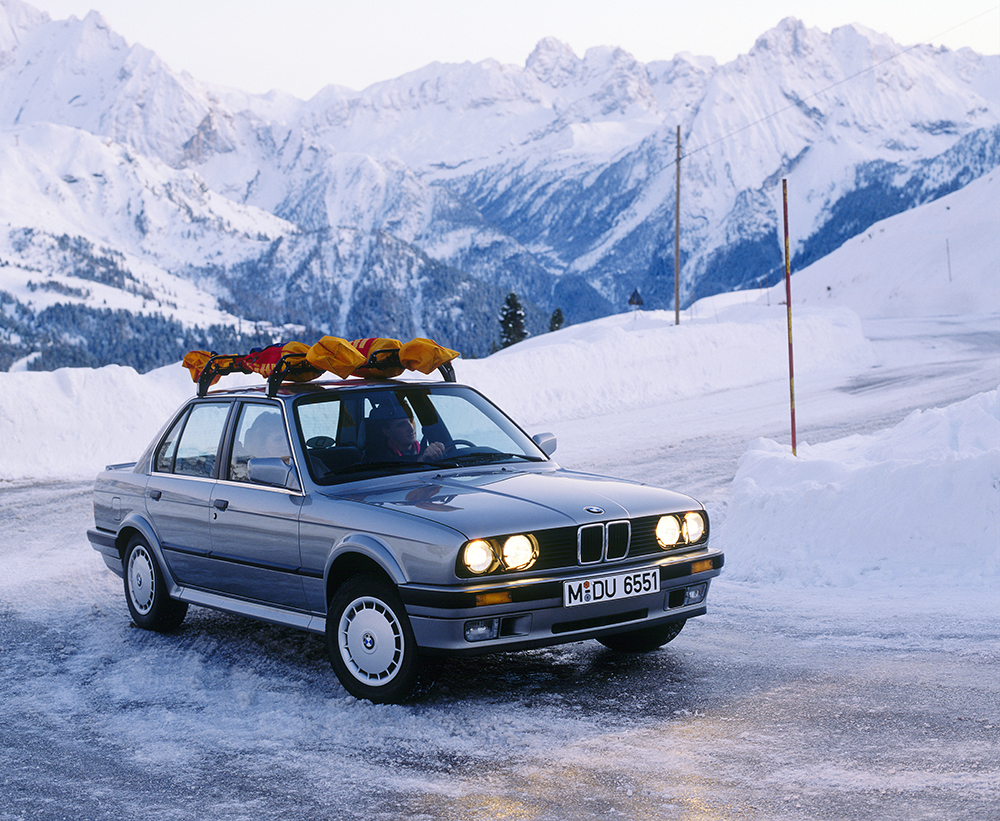
Credit: BMW Group
BMW launched the 3 Series E30 in 1982 at a time when image was becoming increasingly important to some motorists. On both sides of the Atlantic, the E30 hit the mark with the rapidly emerging young and upwardly professional set, wearing the right badge and oozing Germanic street cred. There was an E30 for almost everyone, from the two and four-door saloons, to the cabriolet and estate body styles. Engine options included four-cylinder petrol 316/316i and 318i units, as well as fuel-injected straight-six engines: 320i, 323i and 325i. Lower spec E30s can still be purchased for under £10,000.
Porsche 924 / 924S
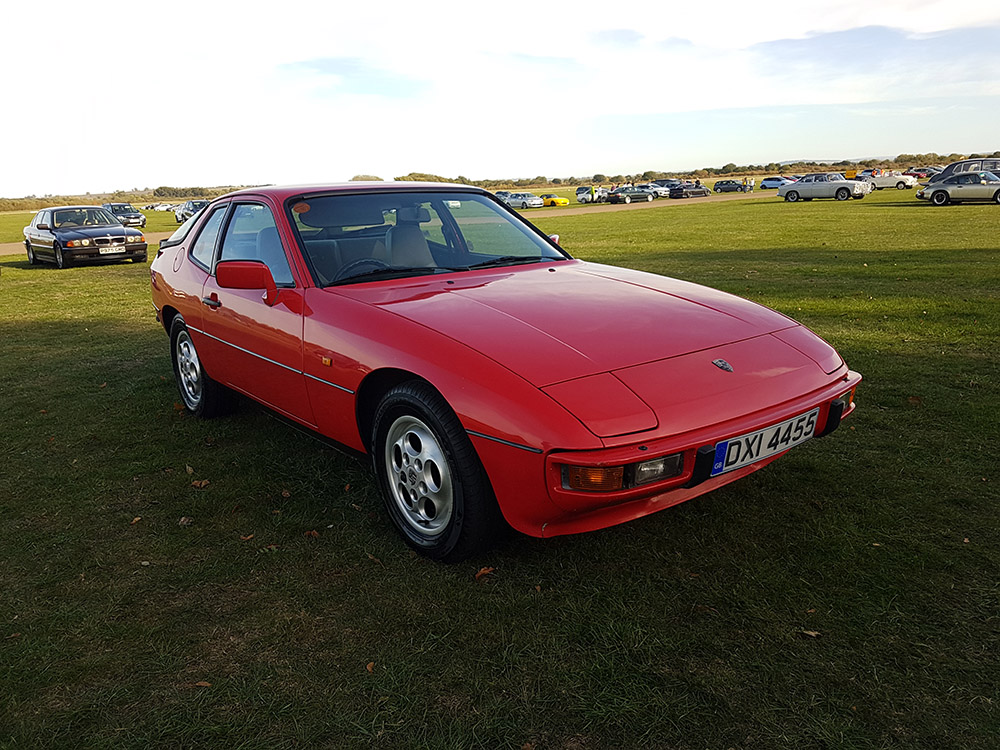
Although the 924 was launched in 1976, it also became popular with young professionals in a similar way to the E30 BMW. Although it was jointly developed by Volkswagen and Porsche, with VW parts scattered throughout, Porsche engineered the bulk of the work. This meant the 924 handled brilliantly with near perfect 53:47 weight distribution. The 924 became Porsche’s strongest selling model, saving the company itself. A mild mannered 2.0-litre engine was available from launch, and from 1986, the 924S featured a 2.5-litre engine sourced from the 944 until production ceased in 1988.
Ford Fiesta
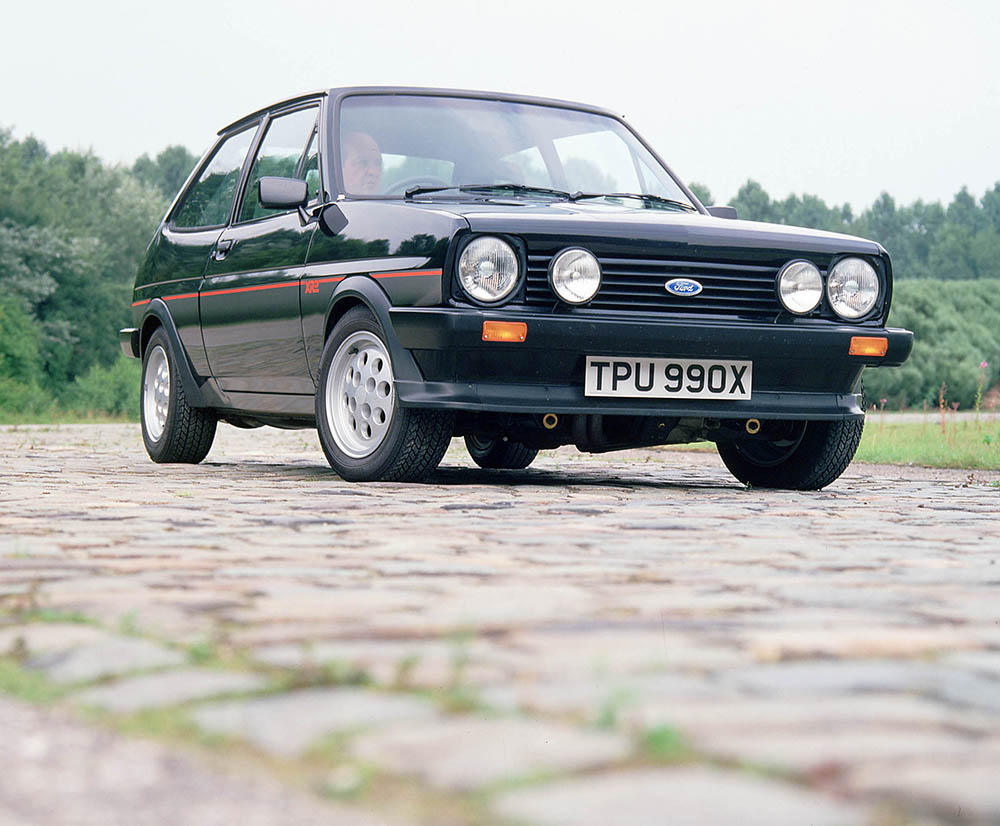
Credit: Ford Motor Company
Ford announced in late 2022 that its Fiesta supermini would be withdrawn from sale due to the US carmaker’s shift towards electrification – this may accelerate the baby blue oval’s initiation as a classic. The 1980s saw three generations of Fiesta sold through Ford dealers and this decade accelerated Britain’s love affair – it was even assembled in Dagenham, Essex at that time. It became the default car for new drivers and small families, as a great used buy and a hoot to drive. Performance models were also offered throughout the decade, sold as the 1300 Sport, Supersport, XR2, XR2i and RS Turbo. Crayford Engineering even produced a convertible Fiesta ‘Fly’ version in its later years in business.
Which ‘80s classic would you choose with a £10k budget? Maybe you already own one from our list already… Let us know in the comments below.

An Opel Manta GTE coupe surely, preferably in white with white wheels?
Tommy, 16/03/2023
COMMENT